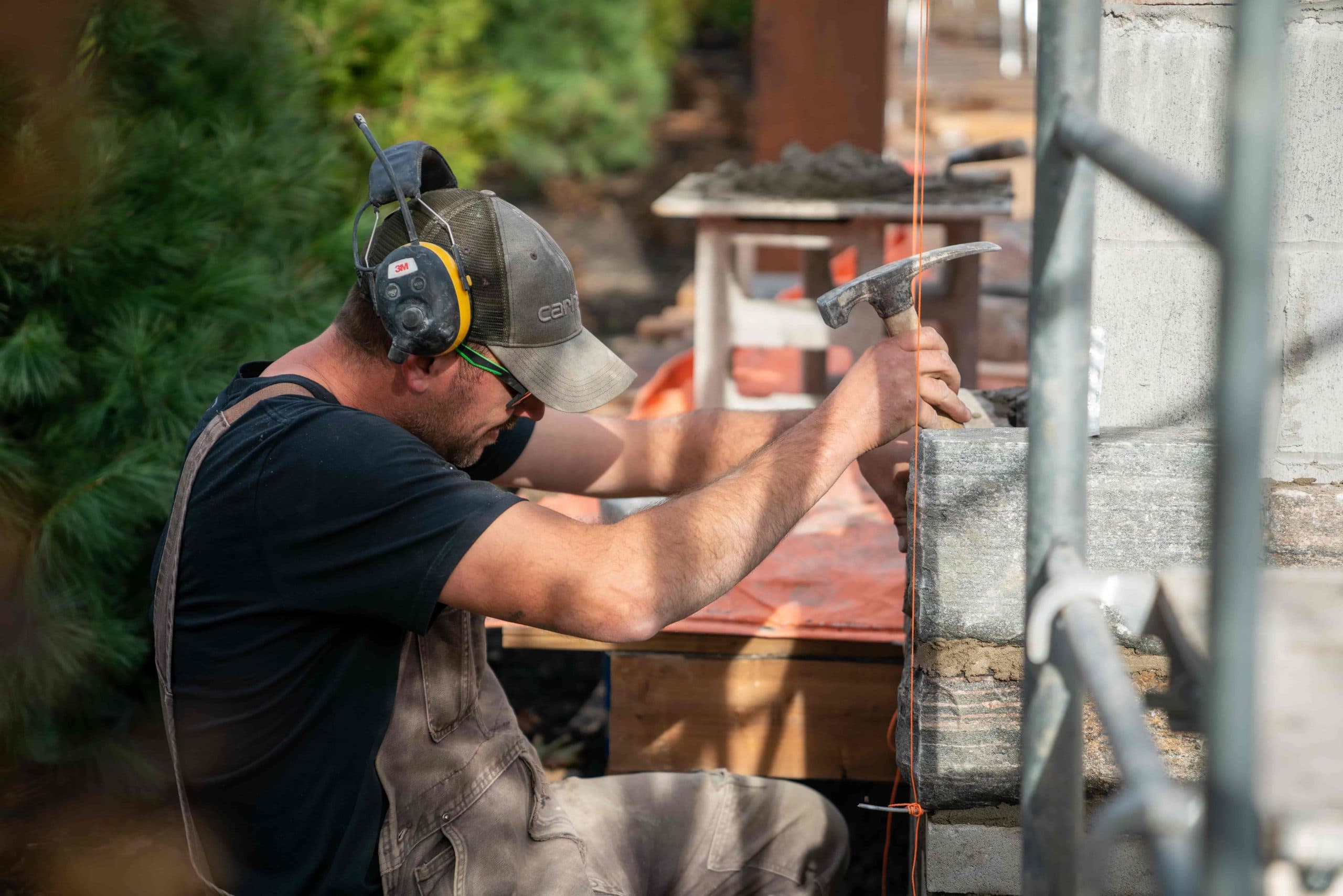Growing your landscape business becomes a simple process once you fully understand which metrics drive growth and which don’t. We took some time and thought to pen three proven metrics that drive operational growth.
It’s easy to get caught up in money. Large numbers look great when isolated from the other business metrics that influence how that money works for your landscape company. Are you sustaining enough cash flow for growth? Are you submitting estimates that meet your profit margins and markups, covering your overhead, unbillable hours, and other subtle costs that eat into profits? Let’s check out some key business metrics essential for understanding how to grow your landscape business.
#1 Landscape Business Metric – Throughput
Throughput is the amount of service work that a company can produce and deliver to a customer within a specified timeline.
Throughput = Revenue – Total Variable Costs (material costs, subcontract costs, other costs)
Understanding throughput is essential for measuring how effective your company’s expensive resources (labor, equipment, and overhead) are at generating revenue. In a nutshell, throughput is the revenue remaining after you pay variable costs. Aim for higher throughput on every job to create more revenue for your landscape business.
#2 Landscape Business Metric – Revenue Per Operator Hour
You calculate the sales revenue per hour by dividing the income earned with labor hours within a specific timeframe.
Revenue Per Labor Hour = (Forecast Sales Revenue/Total Hours) – Unbillable Hours
Revenue Per Labor Hour is a fantastic business metric for landscape business owners and managers to determine efficiency against unbillable time on the job. The higher the Revenue Per Labor Hour, the more capital your business retains.
To determine Revenue Per Labor Hour, take your Forecast Sales Revenue divided by the Total Hours, minus the percentage of Unbillable Hours. You can positively influence this number by correctly staffing jobs, streamlining work processes in the yard, or purchasing the right tools and equipment to optimize work on site.
#3 Landscape Business Metric – Field Labor Ratio
Your Field Labor Ratio is the cost of wages for field (non-overhead) staff divided by your sales revenue. The lower this number, the better because it indicates you are spending less on labor for each dollar of sales earned.
Managing and maximizing labor will have the most significant impact on your profitability, which ultimately drives operational growth. Yet, too many owners struggle to find, keep, manage and motivate this single most important asset. Your field labor ratio is one of the most important key performance metrics because labor affects profitability more than any other cost in your company. Case in point: You might come up short on some material estimates occasionally, but we’ll bet your 2G hostas have never backed your skid steer into your client’s swimming pool.
So here’s the massive obstacle facing just about every company: Labor is both your most significant determinant of profit and your biggest headache.
By mastering some of the most critical metrics and growth strategies within your landscape company, you can minimize migraines, double your company’s net profits and drive operational growth with more efficiencies just by simply mastering the metrics. One of the significant benefits of implementing and utilizing LMN within your business is that it shows you different scenarios and possibilities when dialing in on these critical metrics.




